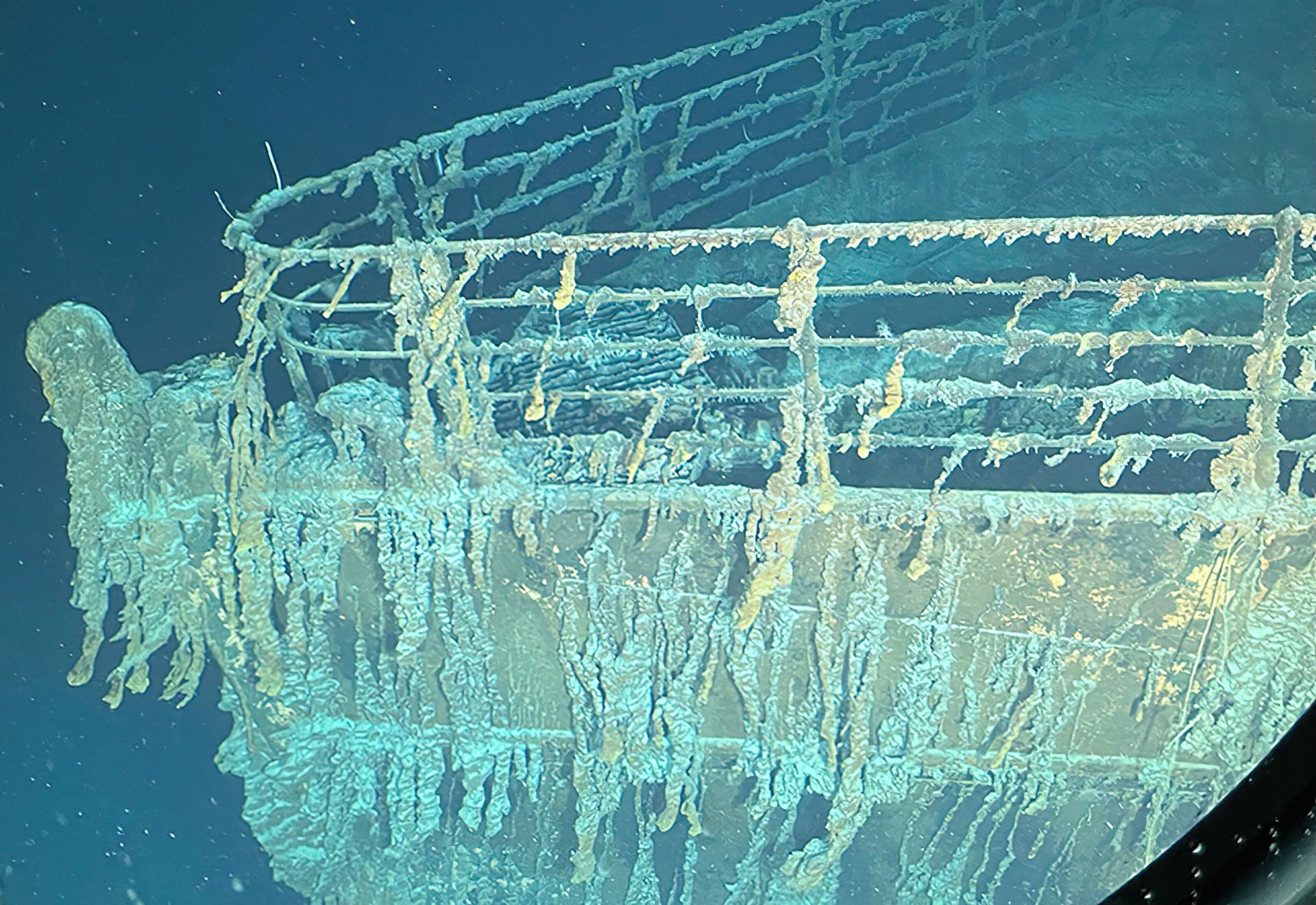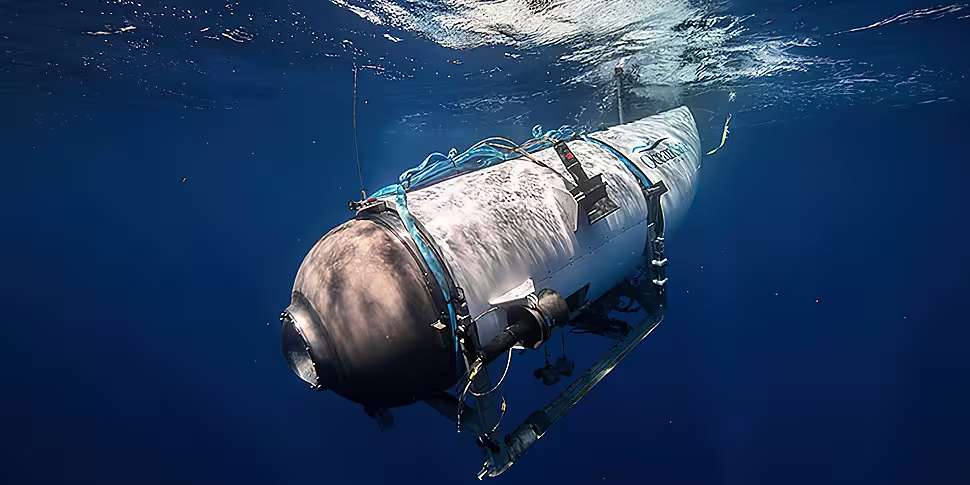There is only a low chance that those aboard the missing submersible will be found alive as the search continues.
That’s according to former submarine captain Ryan Ramsay, who said he wishes he is proven “completely wrong”.
“Unfortunately I’m a realist,” he told The Hard Shoulder.
The US Coast Guard announced this evening that the search continues for the submersible Titan – and the five people within have approximately “40 hours of oxygen left”.
Despite that, Mr Ramsay said the oxygen levels are not the most important factor for survival.
“Oxygen is not the major problem here. It's carbon dioxide,” he said. “You could be taking in oxygen but they’re breathing out carbon dioxide.”
“Unless they have the equipment to scrub the atmosphere and to remove carbon dioxide, there’s a massive carbon dioxide build up and that ends up being killer.
“My thoughts go out to the families when I say this, but I think it’s very unlikely that this is survivable.”
'It took ages to find the Titanic'
The submersible went missing during a tourist excursion to see the remains of the Titanic 4,000 metres within the Atlantic Ocean.
Company OceanGate started taking small crews of “citizen scientists” in a five-person mini submarine two years ago, with each ticket costing $250,000.
Mr Ramsay said if the search for the Titantic was any indication, it may be a while before the Titan is found.
“It took them ages to find the Titanic, and this is way smaller than the Titanic,” he said.
 2R86FGM The Oceangate submersible "Titan". The United States Coast Guard is searching for the 21-foot submersible "Titan" from the Canadian research vessel Polar Prince.
2R86FGM The Oceangate submersible "Titan". The United States Coast Guard is searching for the 21-foot submersible "Titan" from the Canadian research vessel Polar Prince.The 5 person crew submerged Sunday morning, and the crew of the Polar Prince lost contact with them approximately 1 hour and 45 minutes into the vessel?s dive.
“You need really specialist submarine capabilities and water capacities to find it – and this can take a really long time.”
While vessels can have technology that allows it to be found – but it appears the Titan does not have this technology.
“It clearly hasn’t been deployed. That could mean the problem is mechanical or an electrical failure which is not permitted to launch it, or it didn't have that fitted.”
Pressure
Maritime aircrafts are also searching overseas in case the vessel floats up to the sea, but Mr Ramsay said this is unlikely.
“Even if it was an option, you’d still need mechanical or electrical capability to float up. Without that, you’re basically stuck there.”
The depth of the submersible puts the people aboard at a much higher risk.
“The pressure becomes too much, and you suffer an implosion,” Mr Ramsay said. “The pressure crushes the whole of the sub when it goes below deep diving depth.”
You can listen back here:









